Our work is guided by three principles: Accessibility, Inclusivity and Sustainability.
But how do we achieve this in practice? What systems do we have in place to measure ourselves against these goals? We’ll break down some of the steps we are taking to ensure our projects deliver on these principles; this time, accessibility.
The difference between inclusivity and accessibility
On our post explaining how we deliver inclusive projects, we discussed the differences between inclusive design and accessible design and how accessibility typically focuses on outputs for specific user groups while inclusive design is a broader part of the design process.
WCAG Guidelines
We design all our digital products to align with the Web Content Accessibility Guidelines (WCAG). These provide the backbone for digital accessbility, but also contain principles that can be applied across branding and graphic design.
Colour contrast
As well as taking steer from the WCAG guidelines for colour contrast, we use the more advanced APCA guidelines which, as well as taking into account font size and weight, provides a more accurate picture of human contrast perception, reducing the risk of false negatives and positives. We also test all colour combinations to ensure they are colour blind safe.
Legible fonts
Using fonts that are both legible and readable is a vital way of ensuring communications are accessible. Sans serif fonts are generally considered more readable onscreen than serif fonts, however it is important to compare specific characters, such an uppercase “L”, “1” and a lowercase “l” is to ensure fonts are legible.
Hierarchy of information
Ensuring a clear hierarchy of text helps to ensure users can digest communication in a clear and simple order. On web, this includes using HTML heading elements to define heading styles, nesting subheadings within elements to ensure content is structured correctly and is easy to follow. On digital publications, we can map headings and paragraphs to the same structure, making content clearer.
Text alternatives
For those with visual impairements, text alternatives are vital in making content that would otherwise be inaccessible available to a wider audience. This includes descriptive alt text on images and closed captions on video, while at Oxford HR we also offer plain text versions of our designed candidate packs.
In Summary
Above are just some of the ways we are working to make the brands, websites and campaigns we design more accessible for all users. Accessible design is an ever-growing discipline, and we are constantly learning and challenging ourselves to better understand the needs and perspectives for those we are designing for.

Tim Brann – Senior Designer
Tim is a multi-disciplinary designer, with many years of experience designing graphics with impact and seamless user experiences. He holds a BSc in Product Design from Brunel University London. Initially designing consumer products, he has since worked on a diverse range of projects from creating brand guidelines to website re-design and creation, animated video, event collateral and strategic brand positioning documents both for startups and large companies such as WWF, Motorola and Pyrex. Tim is passionate about the use of design as a tool for positive social change, and his main areas of interest are racial inequality and children’s social care.



